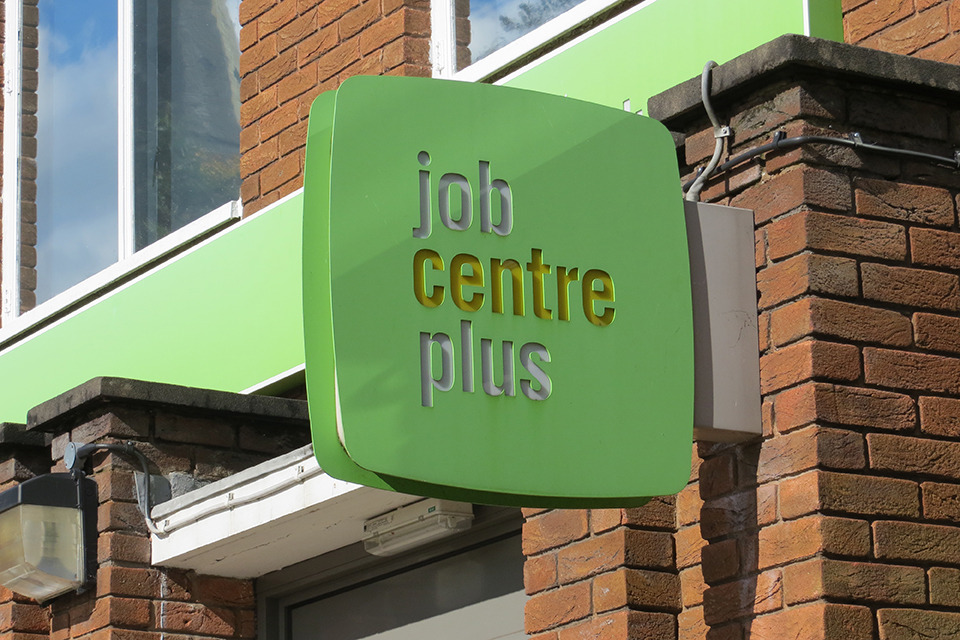Ahead of next week’s Sprint 18 event, GDS director general Kevin Cunnington outlines the organisation’s focus areas for the coming months, and its achievements of the past two years
The digital transformation of government is critical to the successful delivery of public services. As the world’s number-one digital government, the UK leads the way in this.
The Sprint 18 event – which is coming up on 10 May – will look at how we’ve built this world-leading digital government. And it will look at the work we, both in GDS and across departments, will be doing next.
Sprint 18, at London’s Southbank Centre, will bring together ministers, colleagues from across government, international visitors, media, and industry figures. It is being organised by GDS, but it will be a chance for everyone involved or interested in digital government to celebrate the progress we’ve made, and to look to the future.
Sprint 18 will focus on three themes:
- Transformation: what the transformation of government really means – both for government and for users
- Collaboration: how all of government, including GDS, is working together to deliver this change
- Innovation: how government can use cutting-edge technology to solve real problems for users
Sprint 18 will show how these themes drive our work and our purpose – to help government work better for everyone.
For example, we’ll hear from the Foreign and Commonwealth Office and Department of International Trade about how they’re using common components to build user-focused services. And we’ll hear from the UK Hydrographic Office about how they’re using innovative technologies to detect previously unknown shipping hazards.
The work we do around EU exit must have a long-term effect, and must lead to a transformed government
Oliver Dowden, minister for implementation, will talk about building a government that works for everyone, while Apolitical chief executive Robyn Scott will look at what the UK can learn from other governments to remain a global leader in digital.
Achievements
For me personally, Sprint will provide a welcome opportunity to step back and consider what GDS has achieved during the time I’ve been here. I joined GDS as director general in August 2016, coming up for two years ago. Since then, the organisation has delivered a huge amount.
But before I detail these I want to talk about how GDS has become a better place to work. We’ve won awards for diversity and inclusion, including a Business in the Community award as one of the country’s best employers for race.
GDS now has a gender-balanced management team, and 42% of GDS staff declare as female – in the UK technology industry as a whole this figure is 17%.
The things GDS builds and operates are the foundation of government’s digital transformation. And we’ve seen an exponential shift in departments using these things.
There are now more than 242 services using common components like payments platform GOV.UK Pay and notifications platform GOV.UK Notify. By using these components, service teams make it easier for users to make online payments and stay up-to-date about the progress of applications.
In just over five years of live service, there have been more than 14 billion page views on GOV.UK – the single website for government, and the online home of our content and services.
Meanwhile, GOV.UK Verify has been used more than 5.4 million times to access services, while GovWifi is now available in more than 340 locations across the country, including 100 courtrooms, local councils, schools, and hospitals, as well as the UK Border Force’s fleet of boats.
Collaboration
Over the past two years, we’ve also seen a huge increase in collaboration between GDS and departments. This is particularly clear in two areas: controls and procurement.
Working with departments, we’ve updated the Technology Code of Practice so that it provides the best and most relevant guidance to government. Also working with departments, we’ve streamlined the spend controls process to ensure that it remains rigorous, but isn’t a blocker for departments.
And we’re also taking this collaborative approach to improve procurement.
42%
Percentage of GDS staff who declare as female
37
Number of common digital, data, and technology job roles defined in the GDS-authored government framework
14 billion
Approximate number of page views on the GOV.UK site during its five-year lifespan
£3.2bn
Amount of money spent through the Digital Marketplace since its launch in 2012
242
Number of services using GDS Government-as-a-Platform components, such as Pay, Notify, and Verify
The Digital Marketplace is a partnership between GDS and the Crown Commercial Service that is transforming the way government buys technology and digital services by opening the market up to small and medium-sized enterprise (SME) suppliers.
A total of £3.2bn has been spent through the Digital Marketplace in just under six years. Of that total, 48% is spent with SMEs – that’s £1.43 of every £3.
In fact, the Digital Marketplace has been so successful that we’re now going global with it.
We’re working in partnership with the Foreign and Commonwealth Office to develop the Global Digital Marketplace. This aims to help international governments make their procurement more transparent, in order to prevent corruption and to boost their digital, data, and technology sectors.
The Global Digital Marketplace is an example of how the UK is using its status as the world’s number-one digital government to work with and help other countries. We had 71 international government visits to GDS last year, and I am extremely proud of how we’re working with our global colleagues.
Brexit
I am also extremely proud of our role supporting the rest of the UK government as we prepare for EU exit. GDS is delivering and providing practical support across departments.
The work we do around EU exit must have a long-term effect as well – it must lead to a transformed government. This means several things.
The things GDS builds and operates are the foundation of government’s digital transformation. And we’ve seen an exponential shift in departments using these things.
It means continuing our work to build and maintain digital capability across government, through the expanding GDS Academy. The GDS Academy will have trained 10,000 students by October, and we’re expanding the curriculum to take in new subjects such as artificial intelligence.
And to give us an overview of digital capability across government, we’ve launched the first national framework of Digital, Data and Technology (DDaT) job roles. This has created a structure of 37 common job roles across government.
And it means that GDS will be the place where new innovations for government digital are identified and tested. In the immediate term, we’re running the GovTech Catalyst scheme, to help private-sector innovators solve public-sector challenges.
GDS is tackling a broad range of work, but we have a set of core principles and a core mission.
We will show what good looks like, we will solve the hardest problems, we will help government transform, and we will reflect the society we serve. And by doing this we will help government work better for everyone.



